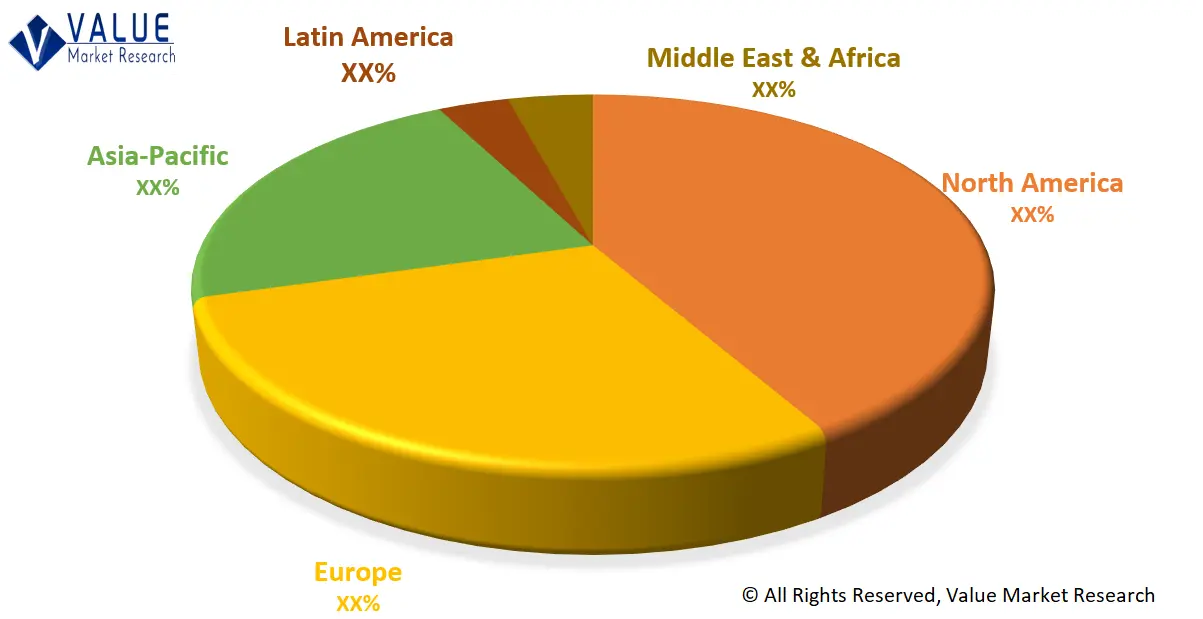The global demand for Seed Biostimulants Market is presumed to reach the market size of nearly USD 6.5 BN by 2028 from USD 4.81 BN in 2021 with a CAGR of 4.4% under the study period of 2022 - 2028. Regarding volume, the market was calculated XX Units in 2021 and forecast to touch XX Units by 2028 with a CAGR of XX% during 2022-2028.
Seed biostimulants are microorganisms that increase the development of plants when added to seeds. It enhances the plant's tolerance to the abiotic stressor and upsurges the water uptake. Seed biostimulants are responsible for improving the seed nutrient absorption potential and nutrient efficiency. When the seed biostimulants are added in modest amounts, they facilitate the essential processes of plants and allow high yield of standard quality crops. Seed biostimulants are made by mixing humic acids, algal extracts, hormones, and several microorganisms that promote plant growth. It helps plants to grow potentially under stressful conditions when exposed to saltwater.
Market Dynamics
The increasing demand for food and the requirement for improved quality and high yield is leading to the market growth of seed biostimulants. As people are becoming increasingly aware of organic crops and organic farming, the need for seed biostimulants is also increasing, further enhancing market growth. In addition, the rule and regulations made by the Government regarding the limitations on the use of synthetic fertilizers are dramatically increasing the demand for seed biostimulants in agriculture. However, the high cost and lack of awareness about the seed biostimulants in middle and low-income group farmers are the reasons that can limit the market growth.
The report covers Porter's Five Forces Model, Market Attractiveness Analysis, and Value Chain analysis. These tools help to get a clear picture of the industry's structure and evaluate the competition attractiveness at a global level. Additionally, these tools also give an inclusive assessment of each segment in the global market of seed biostimulants. The growth and trends of Seed Biostimulants Industry provide a holistic approach to this study.
Market Segmentation
This section of the seed biostimulants market report provides detailed data on the segments by analyzing them at country and regional level, thereby assisting the strategist in identifying the target demographics for the respective product or services with the upcoming opportunities.
By Ingredient Type
- Plant Extracts
- Algae Extracts
- Micro-Organisms
- Seaweed Extracts
- Chemicals
- Amino Acid
By Form
By Application
- Cereals & Grains
- Oilseeds & Pulses
- Flowers & Ornamentals
- Vegetables
- Others
By Sales Channel
Regional Analysis
This section covers the regional outlook, which accentuates current and future demand for the Seed Biostimulants market across North America, Europe, Asia-Pacific, Latin America, and Middle East & Africa. Further, the report focuses on demand, estimation, and forecast for individual application segments across all the prominent regions.
Global Seed Biostimulants Market Share by Region (Representative Graph)

The research report also covers the comprehensive profiles of the key players in the market and an in-depth view of the competitive landscape worldwide. The major players in the seed biostimulants market include BASF SE, Akzo Nobel N.V., DowDuPont Inc. This section consists of a holistic view of the competitive landscape that includes various strategic developments such as key mergers & acquisitions, future capacities, partnerships, financial overviews, collaborations, new product developments, new product launches, and other developments.
In case you have any custom requirements, do write to us. Our research team can offer a customized report as per your need.
